17. Speak Low in Phoenix

By the time you get to the end of a film, some directors will merely use it as a sign to direct the audience out of the film, but a few manage to make it impactful and meaningful, as seen with Christian Petzold’s Phoenix. Phoenix is set in Germany in the aftermath of World War II, where Nelly, a Jew who survived an Auschwitz concentration camp, decides to go back to her husband and despite her reconstructed face after disfigurement due to a bullet wound, her husband is unable to recognize who she is.
The last scene of the film is much like the rest, blending quiet moments of tension out of very basic techniques. But what elevates it to be the best scene of the film is how it fulfills the single plot thread that has been plaguing our hearts and minds from the start of the film.
The scene is cut almost entirely from two angles and is carries by its two leads, Nina Hoss and Ronald Zehrfeld. Instead of resorting to flashy set pieces of cheap tricks, Petzold simply allows the emotion to spill forth natural and the result is a scene that gradually lets the drama of the film finally come to ahead and reveal what audiences have wanted to see from the start.
16. The Birth of the Universe in The Tree of Life
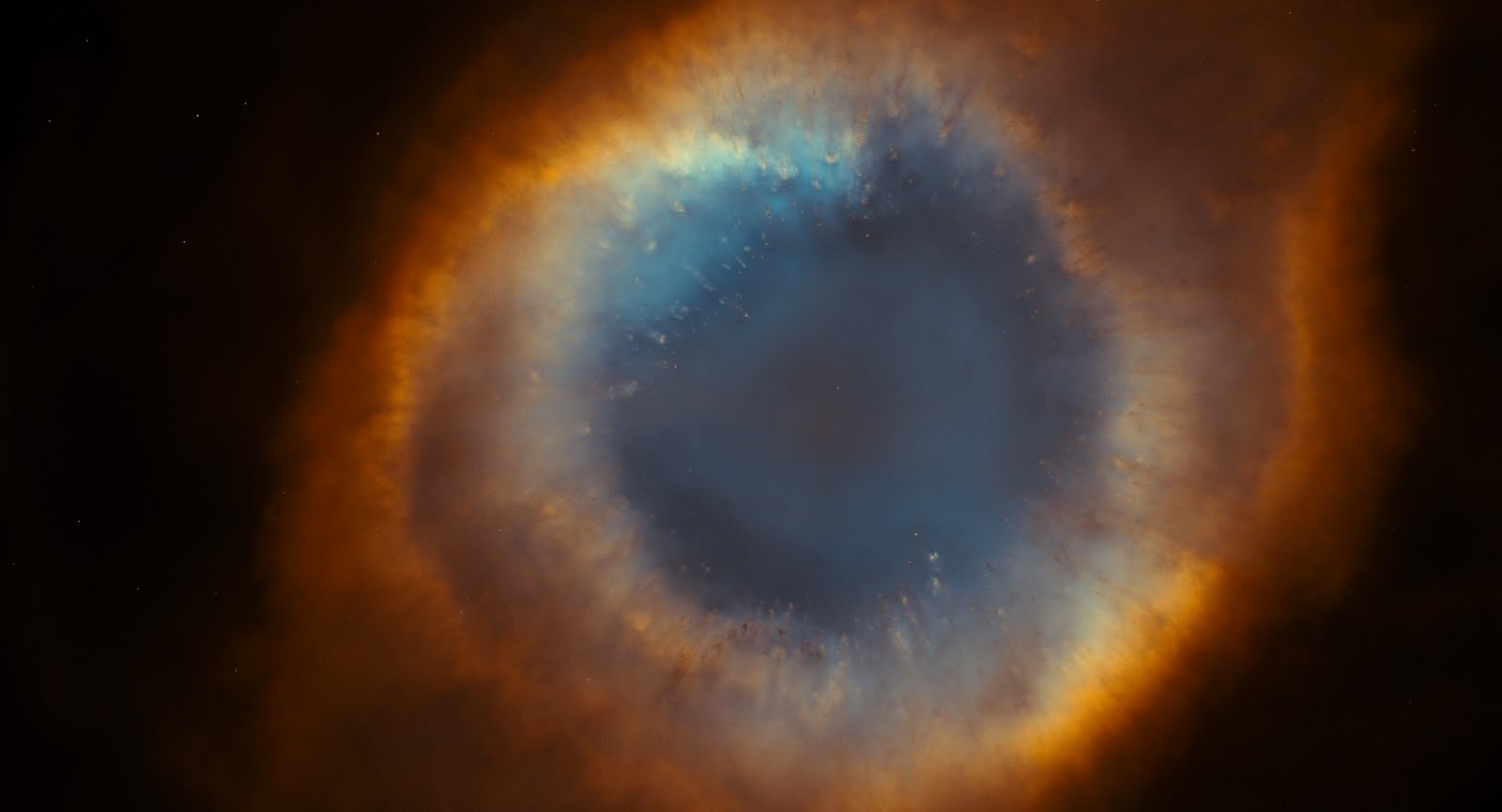
Possibly the most polarising moment of a very polarising film. It was at this point where most of the walkouts happened as some felt that Malick’s vision was already falling short of the grand ambition he had promised within the project. But regardless on a visual level, this sequence is absolutely breath taking. With one gorgeous and swirling pattern after another, the scene depicts the beginning of the universe itself.
Many have compared it to the space sequences from Stanley Kubrick’s 2001: A Space Odyssey and rightfully so because instead of turning to a computer, Maclick consulted Douglas Trumbull, the man who designed the special effects for Kubrick himself. Trumbull experimented with dye, paint and chemicals to try and create the images Malick asked for and incredibly he captured them perfectly. The results speak for themselves, epic, beautiful and surreal, there really is no way to describe them.
15. The Opening Scene in Gravity
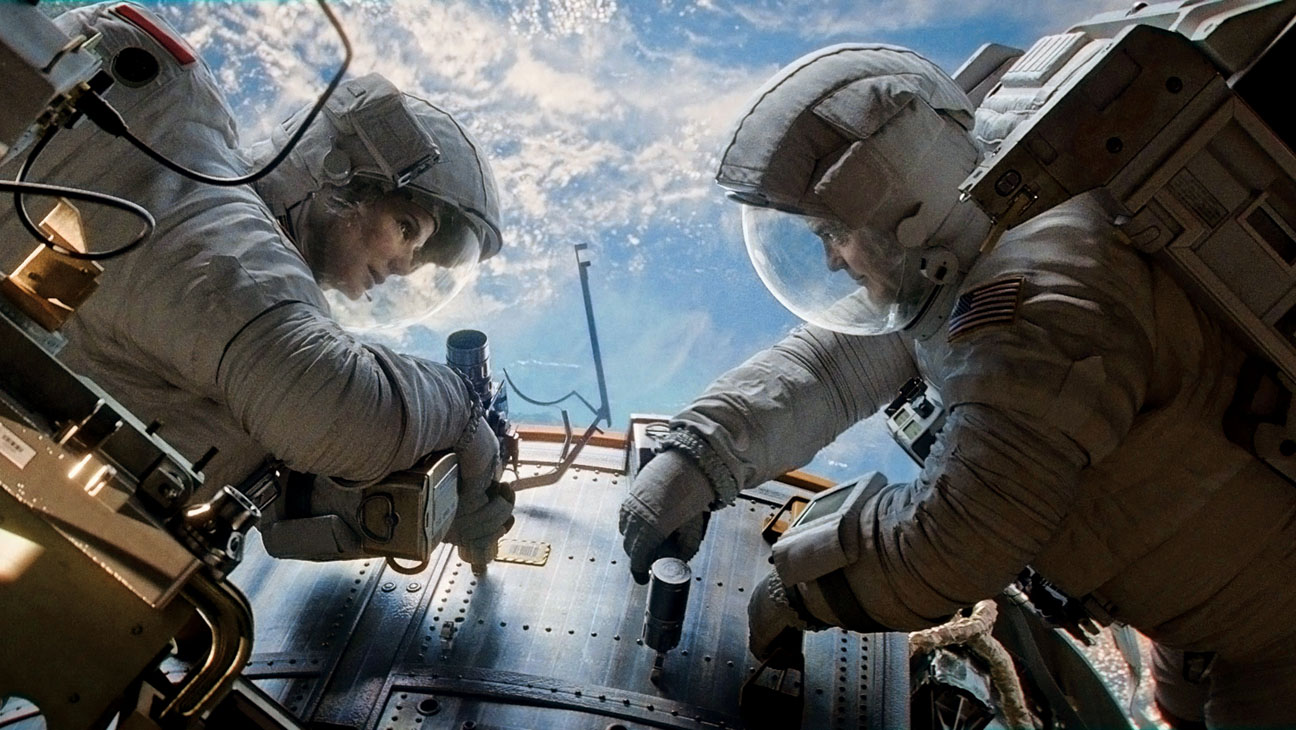
Alfonso Cuaron has perfected the art of the tracking shot like few filmmakers in the history of cinema. With his numerous stunning displays of the technique in Children of Men, he immediately put it to use again in Gravity. With a running time of twelve and a half minutes, this continuous tracking shot is masterful in its construction, capturing the beauty, scale and emptiness of space like nothing else before it.
For a film that is occupied entirely with the concept of space and its vastness, this shot was the best way to prove to the audience the complete and utter isolation of our main characters from the rest of the human race as well as the infiniteness of what they are facing, should they be lost they are not just facing an inconvenience, they are facing certain doom with nothing and no one that can possibly save them.
It is also astonishingly immersive, making the audience feel as if they are in that world with an astronaut right next to them. Then the scene begins to ramp up the tension as it prepares for the disaster that is about to hit, but still nothing can prepare the viewer for the sheer exhilaration and terror of what happens next. They are hurled straight into the action and are not given a second to breathe.
One has to wonder: if the audience knew that this scene would set the tone for the entire film so accurately, how many of them would have the nerve to remain seated?
14. The Birds in Biutiful
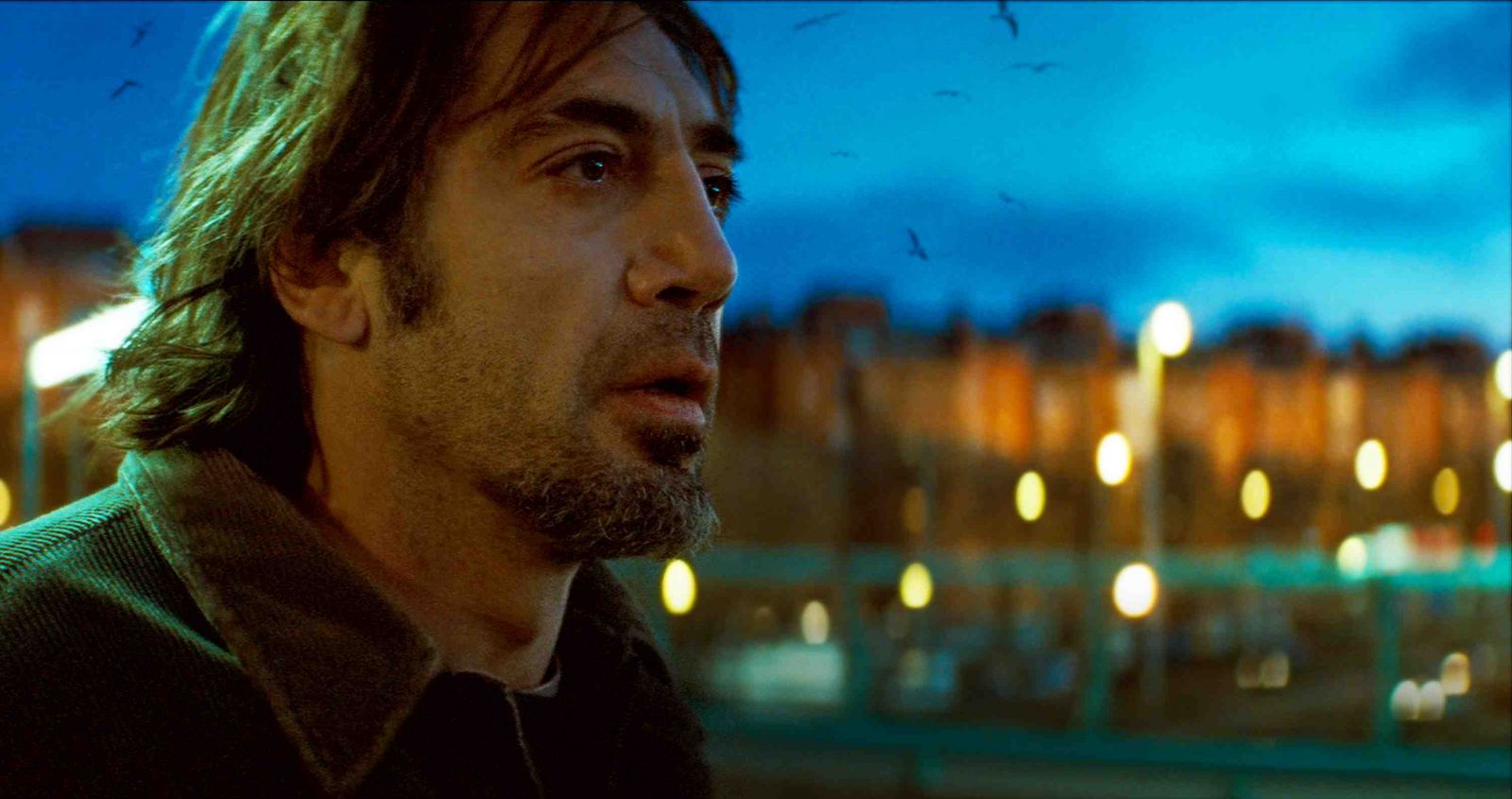
This is another scene that only really works when you see it unfold. Alejandro González Iñárritu’s solemn drama is about a man who is diagnosed with terminal prostate cancer which leaves him with only a few months to live, his world progressively falls apart. He desperately tries to sort out his affairs and what follows is a poignant drama of living through suffering.
It is a quiet moment that could be the most striking. Lost at his very bottom, Uxbal (Javier Bardem) wanders the streets after he’s learned he’s responsible for the deaths of dozens of Chinese migrant workers. He wanders the streets and stands on a bridge to observe the world around him.
At that moment he notices a flock of birds above him, the camera expertly capturing the airborne ballet and examining it in all its natural beauty. To this day it’s hard to say whether it was an actual event that happened to take place while they were filming or was it an expertly placed use of CGI. Regardless it makes for a hauntingly inspirational moment.
13. The Bike Ride in Oslo, August 31st
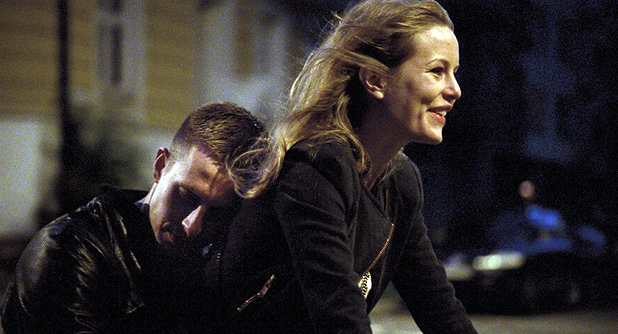
Joachim Trier is one of the most distinct and prolific auteurs working in cinema today. His 2012 film is about recovering drug addict in an Oslo rehab clinic. On 30 August, he is given a day’s leave to attend a job interview in the city centre. After visiting an old friend, he proceeds to his appointment. In the interview, he admits to being a drug addict and storms out, then wanders the streets of Oslo for the rest of the day and night, meeting, and sometimes confronting, people from his past.
At one point he finds himself rising a bike with a group of friends, moving along the darkened streets of Oslo and letting off fire extinguishers. As the scene progresses, all of the sound slowly fades way to the point where every sound of the outside world has been obscured, save for the sound of the bicycle wheels turning and the occasional whoosh of the extinguishers.
The scene is solemn, subtle and quiet yet somehow beautiful. Once again it’s a scene that works through the beauty of the detail, a scene that is almost hypnotising with its subtle beauty and is haunting in how quiet it is. Subdued but somehow striking, peaceful but somehow impactful, it is almost beyond words.
12. The Church Massacre in Kingsmen: The Secret Service
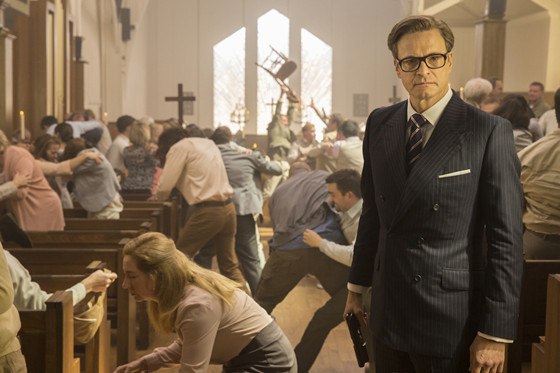
What is it about seeing Colin Firth murder an entire hate church that is so satisfying? Having tracked the big bad guy down to a local hate church, Firth’s Harry Hart patiently sits through the racist, anti-Semitic, homophobic sermon only to be stopped as he tries to get up and leave. Meanwhile Richmond Valentine (Samuel L Jackson) is secretly using the church as an experiment to unleash his neurological wave that increases rage within humans.
Before the carnage begins though, Firth delivers the perfect line with such seriousness and charm and the line itself is written so perfectly for the situation that it’s almost impossible not to laugh at it.
Then all hell breaks loose and Matthew Vaughn’s direction is on top form here. His camera follows Firth through the chaos as it unfolds in a highly stylised but still immensely visceral way. It’s made to resemble one continuous long take that is only broken by the horrified expressions of Taron Edgerton who is watching the scene unfold.
The accompanying soundtrack only makes it even better, with a building sense of insanity that faster and more brutal as the scene progresses. The sheer violence of it would be shocking if it were not for the break neck pace at which it is all executed, blink and risk missing a tiny detail and then there is that moment of pure calmness as Hart comes to terms with the extent of what has unfolded that allows the audience to also come to that realisation. Simply one of the best action scenes in recent memory.
11. Lemon Quaaludes in The Wolf of Wall Street
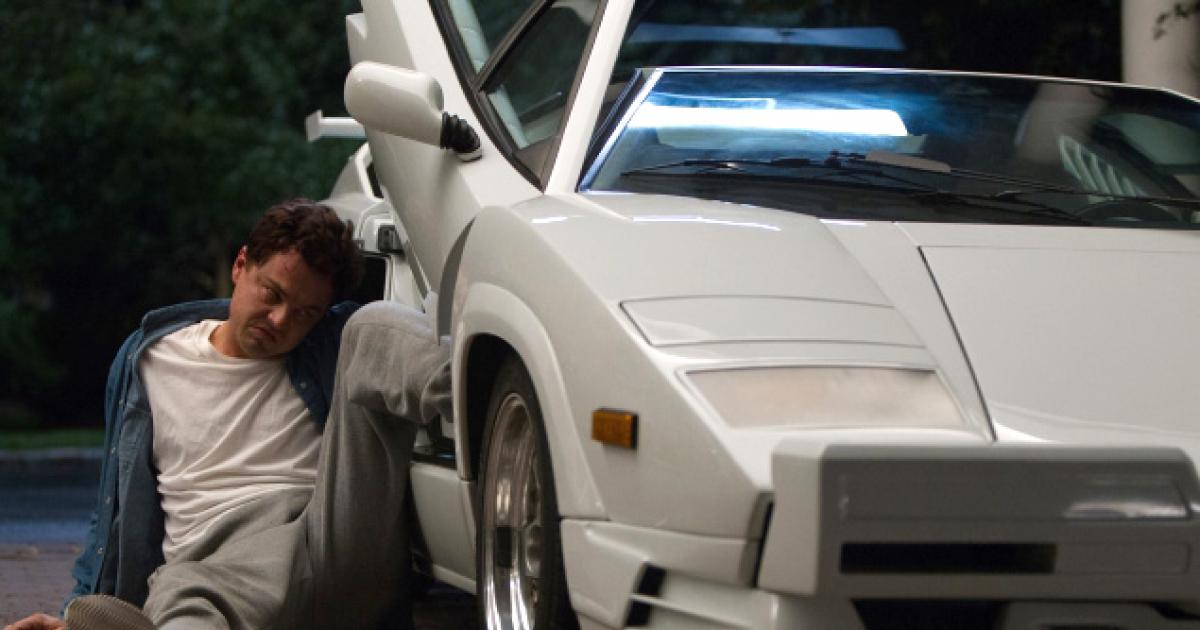
Throughout Martin Scorsese’s unconventional biopic of Wall Street, tycoon Jordan Belfort (Leonardo DiCaprio), the egomaniac’s preference and enjoyment of Quaaludes is hinted at and comes to ahead in the most hilarious way imaginable.
Earlier in the film that stakes are laid down and the history of the drug is quickly explained, the once-popular sedatives were taken off the market in the 1980s because it was quickly deduced that if anyone took the pill and avoided the urge to sleep, they could be used for “recreation”.
So when Belfort and his associate find a triple strength, lemon flavoured version of the drug on the eve of a major deal, they waste little time before “celebrating”. Not only does Belfort ingest these strengthened drugs, the amount of time they take to kick in leads him to incorrectly assume that they have lost their potency and he subsequently takes a handful more. He then leaves the house to take a phone call and just when he realises that he needs to get home urgently, he also discovers that their time in storage had given that drugs a delayed fuse.
The result may be the funniest thing martin Scorsese has ever put on film. With Belfort robbed of speech and discernible movement, it’s DiCaprio’s physical performance that steals the show, his limited movements and desperate expression are massively funny as he squirms and writhes his way to the front of the country club, and down the short flight of stairs to his car.
Even getting inside the car itself is a challenge and an excuse for another moment of physical comedy, it’s a level of slapstick humour that resembles a twisted Buster Keaton film (because I’m fairly sure none of his characters were writhing drug addicts).
10. New York, New York in Shame
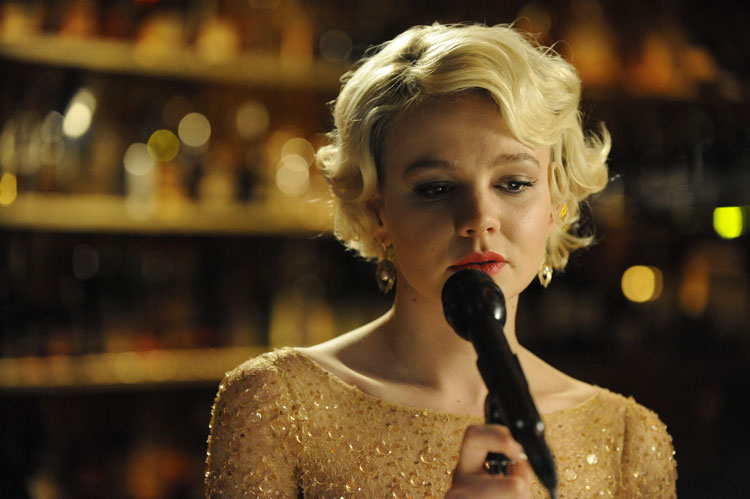
How does one take a scene of such relative simplicity and use it to tell a relationship of massive complexity? Steve McQueen did it expertly in Shame, a story of Brandon Sullivan (Michael Fassbender), a man who is addicted to lust and sex but never allows himself to have a meaningful relationship, but when his younger sibling Sissy (Carey Mulligan) comes to visit, she inadvertently opens up a wave of repressed emotions and hints of a troubled past.
At one point, Brandon goes to watch her sing a Frank Sinatra classic and what follows is an emotionally impactful scene for reasons that can’t quite be pinned down.
McQueen only briefly cuts to Brandon’s emotional reaction, but it is still hugely significant as by this point in the film we already know that this is a rare response from the character. His reaction is so strong that it instantly conveys the full impact of their relationship and on repeat viewings, knowing what we know about the rest of the film, the depth and significance only increases further.
The performance itself is a haunting one, with the gentle and quiet tone of voice lending itself to the delicate and fragile nature of each character. Mulligan seems to be on the verge of tears for the entire song which only reaffirms that atmosphere even more. Aesthetically it’s stunning on a whole other level, lending to the gravitas of the moment and elevates the entire film to a beautiful and striking character study, damaged and broken, but somewhat hopeful.
9. The Border Crossing in Sicario
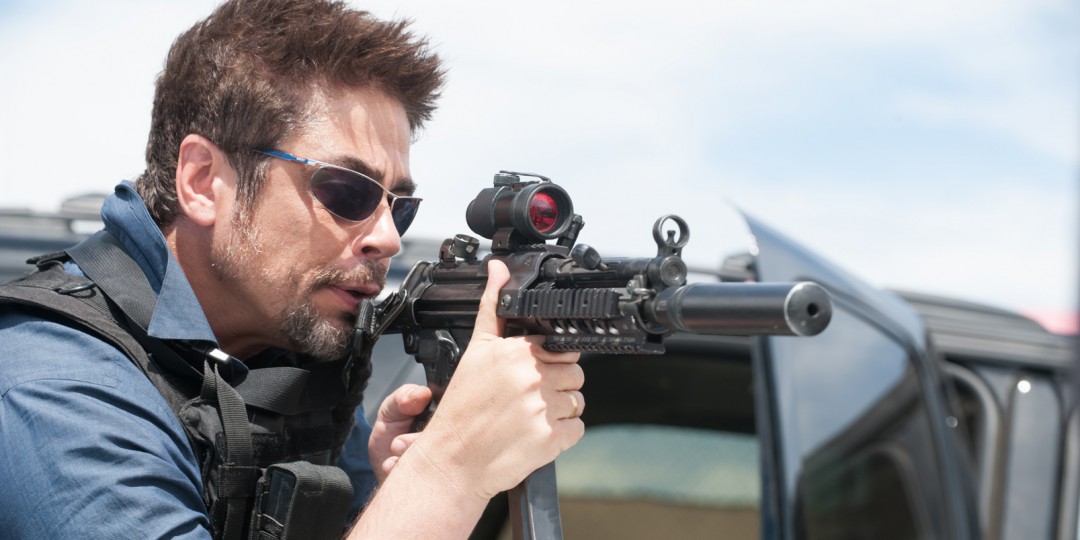
Car chases have been a staple of action movies for as long as the genre itself. They have been staged and executed in almost every way imaginable, so by this point it must be pretty difficult to make one that is truly unique and memorable. But Dennis Villeneuve’s thriller concerning the war on drugs, a film about both literal and metaphorical borders, manages to perform one of the most gripping and tension fueled action sequences in recent memory.
Caught in a traffic jam, with cars crawling along at a painfully slow pace, FBI agent Kate Macer (Emily Blunt) watching in alarm and disbelief as the men in the task force to which she’s been assigned identify and train weapons on possible assailants in adjoining lanes. Without any obvious prompting, no dramatic or sudden developments, both the characters and the audience become aware that they are in great danger. The tension slowly builds and steadily increases until it reaches boiling point.
Then without any warning, a full firefight breaks out. Villeneuve employs a masterful sense of direction as he plays with perspectives and viewpoints to disorientate you and leave you stunned as the action unfolds at a painfully slow pace. Even when the threat is discovered, there is a lasting sense of dread as you want to know what happens next, even though you are already sure of what will. The fact that Blunt, a competent professional, cannot contain her panic only hammers in the point.